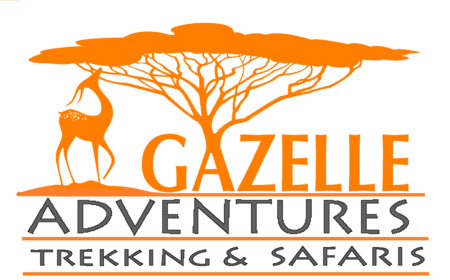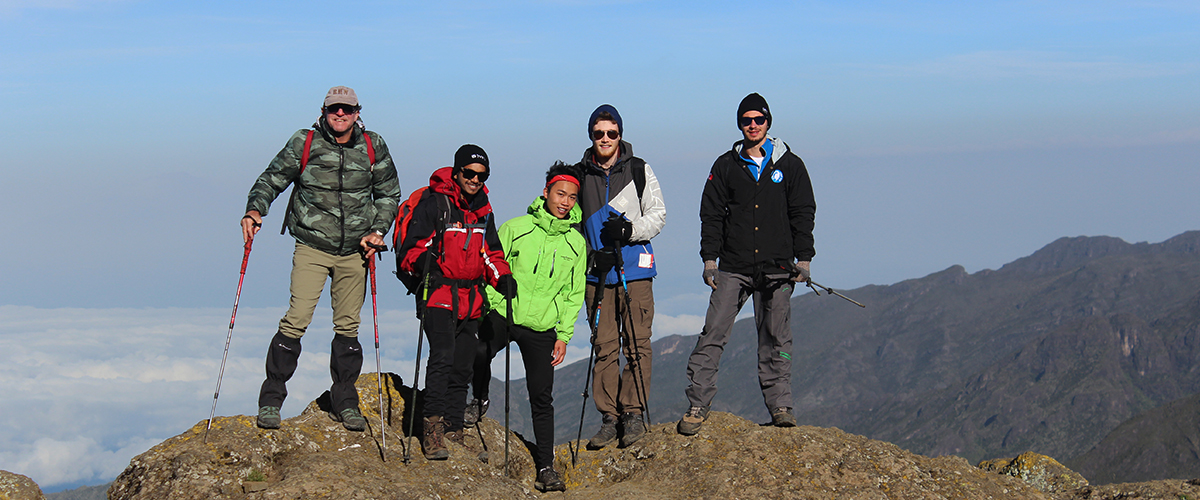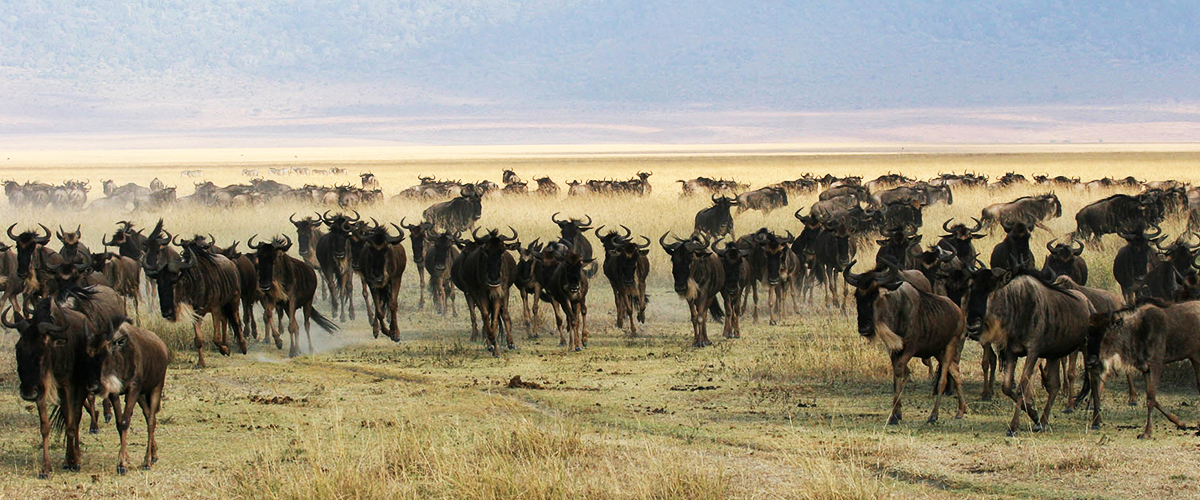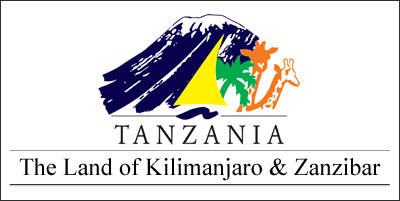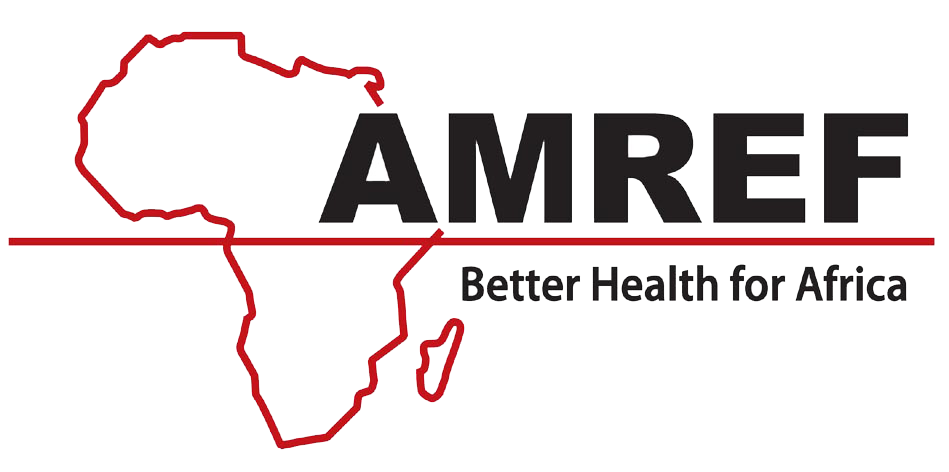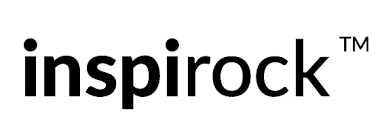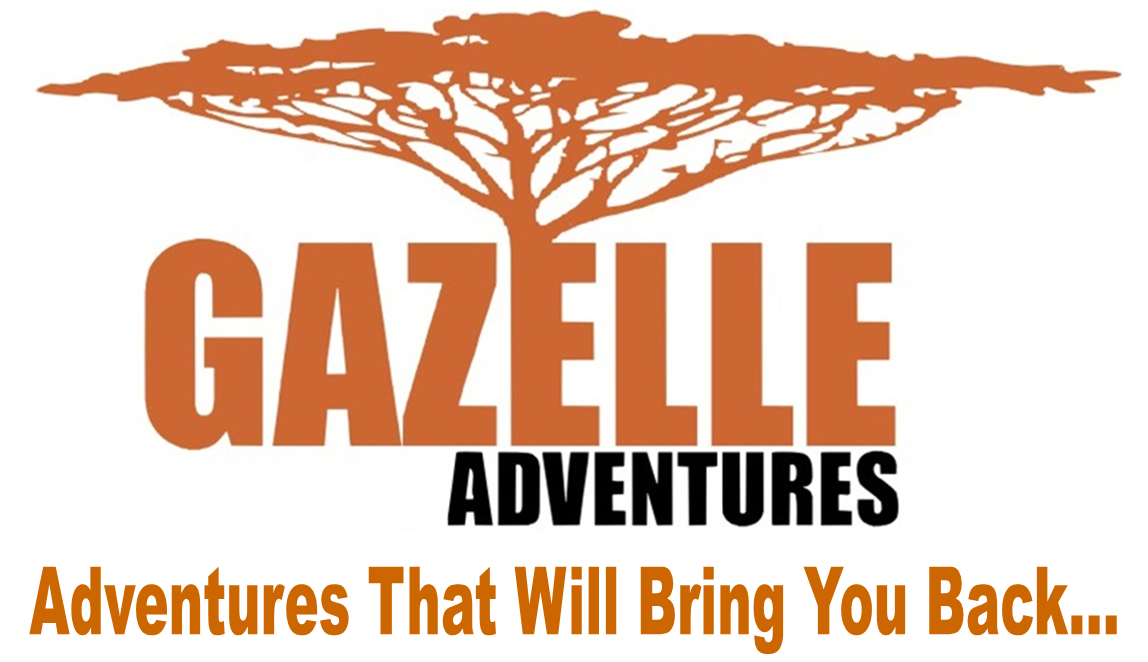Trekking FAQ
What is the success rate of reaching the summit?
Although you can train for climbing Kilimanjaro to ensure you are in good physical condition, whether you manage to reach the summit could be decided by how well you react to being at altitude. There are drugs available that may help you with altitude sickness such as Diamox, or you could visit the Altitude Centre for an AMS susceptibility test. However the best way to increase your chances of reaching the summit is by spending as many days on the mountain as possible to allow your body time to acclimatize. You could also consider climbing Mount Meru before attempting Mt Kilimanjaro, but again this will not necessarily guarantee your chances of reaching Uhuru peak.
What food will be provided on the mountain?
Your porters will carry all of your food for the duration of the trip. Your meals will be prepared by you own cook and will consist of cooked breakfast, with tea and coffee. Either a packed lunch or cooked lunch at camp depending on the length of the days walking. Dinner is usually soup, followed by meat, or vegetables in sauce, with potatoes, pasta or rice. You will also have fresh fruit daily and more than enough food to keep you well fueled for the weeks walking.
Is the water safe to drink?
Apart from the first day when you will bring bottled water from the hotel for your first days walking, the porters will collect your drinking water daily from streams located near the camps. Although the water is generally clean enough to drink, your porters will boil enough water for your next day walking. You may wish to bring additional water treatment tablets, if you have a particularly sensitive stomach.
Water bottle or Hydration Bladder?
Everyone has their preferred method of carrying water in their rucksacks. There is no right, or wrong method; the most important thing is that you have the capacity to carry around 2 litres of water in your rucksack for a day’s walking. The bladder system encourages you to drink more frequently as it is easily accessible; however on summit night the tube and mouth piece are likely to freeze even with an insulated hose making it impossible to drink from. Bottles are often carried inside your rucksack and are not as easy to reach on the go, however bottles are less likely to freeze on summit night and can be placed in an inside jacket pocket to keep warm. We would suggest a combination of the 2; a 1-2 litre bladder for day-to-day drinking and additional storage for summit night and a 1 liter bottle for summit night and for evening use in camp. You may also wish to take a small flask so you have a hot drink for summit night.
How many days should I go for?
To increase your chances of reaching the summit of Kilimanjaro you should pick a route with as many days ascending as possible. The Lemosho and Rongai have the best acclimatization schedules allowing 8 and 7 days respectively.
Can I prevent AMS (Acute Mountain Sickness)?
Unfortunately there is no way of ensuring that you will not suffer from AMS as it affects everyone differently. The safest way to ascend to high altitude is by going slowly; the more days you have at altitude and the slower the rate of assent; the greater that chance you have of acclimatizing and ultimately reaching the summit. If you have had no experience of altitude climbing, or trekking; then you may wish to consider the Kilimanjaro treks lasting 7 days or more; such as the Lemosho route, or Rongai routes. In addition to this you should drink plenty of fluids and you may wish to consider taking medication such as Diamox and Ibuprofen to help treat the symptoms. Please visit the altitude sickness for more information.
What vaccinations do I need for Tanzania?
For information on health and vaccinations for Tanzania, please visit our vaccinations page.
Do I need a Visa?
Yes you will need to obtain a visa to enter Tanzania from the USA/ EUROPE. Please see our visa page for details. You should also ensure that your passport has at least 6 months before expiry when you arrive in Tanzania.
Who will take us up the mountain?We are Local Tanzania operator based in the base of the mountain. Our guides are among the best qualified and experienced on Kilimanjaro and unlike other operators, they are all Tanzanian. All the guides we use speak excellent English, and in addition to their knowledge and experience of Kilimanjaro they have received training in; first aid, mountain rescue, local flora and fauna, and history of the mountain and are registered with Kilimanjaro National Park (KINAPA). More information is available on our guides and porter page.
How much should I tip the guides and porters?
It has become customary to tip your guides and porters after completing your Kilimanjaro trek. However this is a tip and is not obligatory. We have provided a guide for how much you may wish to tip your staff; please view our tipping guidelines page for detailed recommendations on how much to tip each staff member.
Can I hire equipment in Kilimanjaro?
We would advise you to purchase all your equipment prior to arrival in Kilimanjaro, as there is no guarantee of the availability or quality of the equipment for hire at your hotel in Moshi. However hiring items such as trekking poles and gaiters which you may wish to have for this trek, but wouldn’t ordinarily use may be useful. The cost of hiring these items is in the region of; $10 per week for trekking poles and $7 per week for gaiters. If you have any issues with your luggage getting lost in transport then the majority of the kit that you would need could be hired from the hotel if required. We would highly recommend wearing 1 full set of clothes and packing essential items in your rucksack and using this as hand luggage, especially your hiking boots, as hiring poor fitting boots in Kilimanjaro could cause issues on the mountain.
What should I pack in my hand luggage?
To avoid any serious issues of your luggage getting lost in transit to Kilimanjaro; wear and carry as much of your essential items in your rucksack and use this as hand luggage. We would suggest that you wear a complete set of clothing including; socks and liners, trousers, long sleeve shirt, fleece and hiking boots. In your rucksack, pack as much additional equipment as possible such as; waterproofs, down jacket, sleeping bag liner, medications, camera, water bottle/bladder, spare underwear, spare laces, gloves, hat and all documents.
Where can I leave my valuables when on Kilimanjaro?
Essential items such as money, credit cards and passports can be left in the hotel before departing for Kilimanjaro. There are safety deposit boxes available for hire at $0 per day. We would highly recommend locking your valuables away before climbing to avoid them getting lost or stolen on the mountain. You may wish to take some Dollars or Tanzanian Shilling with you to purchase refreshments or souvenirs.
Do you have a question that you still need answered?
We have tried to include as much information as possible on this site, but we would be happy to answer any other questions that you may have, please get in touch we are here to help.
